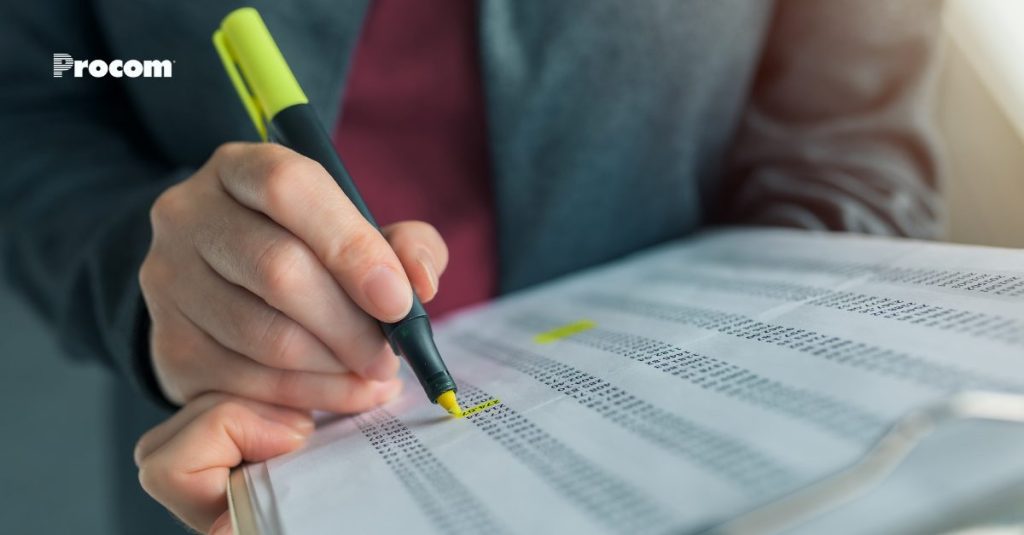While onboarding contingent international talent is a competitive asset in a global economy, tapping into the international talent pool also carries compliance and administrative responsibilities in addition to domestic legislative and tax requirements that must be met in contingent workforce management. To remain competitive and compliant in 2022, organizations should adhere to strict processes.
Here are the key steps to onboarding international employees in Canada.
International talent is fueling Canadian tech dominance
International talent is driving a tech boom in Canada. Toronto, Ontario specifically, had the biggest growth of technology jobs of any North American city between 2013 and 2018. Vancouver placed within the top five, thanks in part to hiring international talent as part of remote and distributed teams. Attracting and onboarding global team members effectively helps companies build diverse, high-performing teams.
Engaging and onboarding international team members
Once your organization has attracted international talent, however, it’s critical to verify compliance records and remain diligent in the collection, verification and management of these documents to remain compliant with local employment laws in Canada.
If you’re responsible for onboarding international hires at your organization, below are the 5 steps to take for global employee onboarding.
STEP 1 – Initiation: The Welcome Call
- The first step in the onboarding approach should consist of a solid foundation with personalized details adapted to the position. To ensure this process, an onboarding specialist must:
- • Verbally inquire if the worker is eligible to work in Canada.
- • Confirm the worker’s eligibility to work in the worksite country.
- • If the worker confirms that he or she is working under a work/study permit, it’s critical for the specialist in charge of the global onboarding process to notify the worker of what documents must be provided and advise the worker on the confirmation process and timeline.
- • The onboarding specialist should then enter the worker into the organization’s internal Applicant Tracking System.
STEP 2 – Follow Up: Document Request
The second step in the international onboarding process should include a follow-up email sent to the potential new hires detailing the documentation requirements, including forms to confirm eligibility to work in the worksite country.
Required documentation includes:
1. Government Issued photo ID.
2. Current Work Permit/Study Permit.
3. A detailed and updated resume.
4. Social Insurance Number documentation.
If the worker holds a study permit, confirmation of a co-op placement, a work letter from the school and a valid work permit are required. If the worker only holds a study permit, he or she may be restricted to working a maximum of 20 hours/week as determined by permit restrictions and a co-op work letter must be requested.
5. If the contingent worker holds an Implied Status, the following must be requested:
• Expired work or study permit.
• The expired Social Insurance Number.
• Proof of Application.
• Tracking number and payment receipt.
Once identification documentation is received and uploaded into the Applicant Tracking System, it’s recommended that the onboarding specialist should complete a video call to confirm the identity based on the ID and documentation provided.
STEP 3 – Confirmation: Document Review
The third step in onboarding international talent should include a review of the documents for any restrictions and to validate the following:
- • Worker’s name.
• Expiry date to ensure that the contract term does not surpass permit expiry date.
• Type (work/study).
• Employer (open/closed).
• Restrictions (confirmation that permit does not have restrictions that conflict with the contract, e.g. hours of work or type of work.)
Once identification documentation is received and uploaded into the Applicant Tracking System, the onboarding specialist should complete a video call to confirm the identity based on the ID and documentation provided.
STEP 4 – Compliance: Two Level Approval Review
When onboarding international talent, a 2-level approval review should be conducted by both the onboarding specialist as well as the organization’s internal compliance team.
Level 1
Onboarding specialist review
To ensure all requirements are met, workers’ documents should be collected using a Checklist and included in the worker’s work permit application package. Once the permit application package is complete, the onboarding specialist should send the Checklist and all applicable documentation to an internal Human Resources Compliance Officer.
The onboarding specialist and the internal compliance team should then cross reference the contract dates and special considerations to ensure they match the conditions of the permit.
Once all documentation is uploaded into the Applicant Tracking System, the Human Resources Compliance Officer must review and validate that the permit or Implied Status is acceptable and meets legislative guidelines.
Level 2
Back-Office review
Once approval has been given by the Human Resources Compliance Officer, the onboarding specialist will ensure the work permit or Implied Status expiry date is entered into the Applicant Tracking System for reporting and tracking.
A second audit should then be conducted by an internal Back-Office Support team following the same procedures as the Level 1 review process.
STEP 5 – Completion: Follow Up and Renewals
Once the international worker’s application package is approved, he or she is ready to begin work. While the worker is on contract, it’s important for the organization to generate monthly reviews of the Permit/Implied Status to ensure regular follow ups on valid worker documentation.
The organization should also follow up on:
• International workers on Implied Status every 30 days to determine the status of the application.
• If approved, an onboarding specialist should revert to step 2 and repeat the onboarding process.
• If any application is denied, the worker should be advised that he or she must leave the premises.
• If a permit is expiring, the onboarding specialist notifies the worker and repeats the process from step 2.
Build Cohesive Global Teams with a Trusted Partner
In a time when flexibility and creativity at leveraging technology are the keys to competitiveness, diversity is critical for an organization’s success.
In today’s hybrid workplace, successful onboarding helps new international employees feel supported and connected. Effective onboarding ensures that remote hires and global hires—often working as part of distributed or remote team members—can seamlessly integrate into your operations. By acknowledging cultural differences, respecting local customs, and embracing diverse cultural backgrounds, companies can strengthen their overall company culture.
A thoughtful onboarding experience should include cultural orientation sessions that help bridge communication styles and expectations. Providing access to digital resources and a structured onboarding process enables new employee success from day one. It is important to offer ongoing support. Workplace cultural integration should be seen as part of a continuous strategy to ensure international employees feel supported throughout their journey.
By prioritizing inclusion, adhering to local regulations, and aligning your approach to onboarding employees with the realities of global talent, you can facilitate a smooth transition, reduce turnover risk, and build cohesive global teams equipped to grow together.
The Voice of Talent: Return to the Office Report
Procom recently surveyed over 1,000 knowledge workers to discover how and where they prefer to work as offices re-open across North America.
The Voice of Talent Report offers actionable insights into what workers expect in relation to mandatory vaccinations, remote work preferences, The Great Resignation, COVID-19 safety measures and more.
Access your complimentary copy to discover how to attract talent in a post pandemic world:





